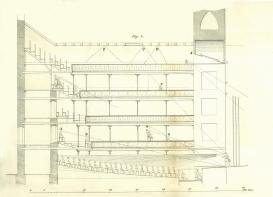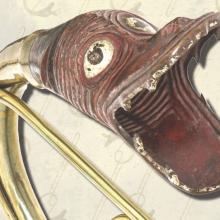The establishment of the discipline of architectural acoustics is generally attributed to the physicist Wallace Clement Sabine, who developed the formula for reverberation time around 1900, and with it the possibility of making calculated prognoses about the acoustic potential of a particular design. If, however, we shift the perspective from the history of this discipline to the history of architectural knowledge and praxis, it becomes apparent that the topos of ‘good sound’ had already entered the discourse much earlier. This project traces the Europe-wide discussion on the architecture of theatres, operas and concert halls between 1750 and 1900. It shows that the period of investigation is marked by an increasing interest in auditorium acoustics, one linked to the emergence of a bourgeois culture and the growing socio-political importance of theatre and music. In the wake of this development the search among architects for new physical methods of acoustic research started to differ fundamentally from an analogical reasoning on the nature of sound, which in part dated back to antiquity. Through their attempts to find ways of visualising the behaviour of sound in enclosed spaces and to rethink both the materiality and the mediality of auditoria, architects helped pave the way for the establishment of architectural acoustics as an academic discipline around 1900.

Johann Wetter, "Untersuchungen über die wichtigsten Gegenstaende der Theaterbaukunst, die vortheilhaftesten Formen des Auditoriums, und die zweckmäßigste Anordnung der Bühne und des Prosceniums, in Optischer und Akustischer Hinsicht…," Mainz: Joseph Stenz, 1829, Annex.
Project
(2011-2014)

